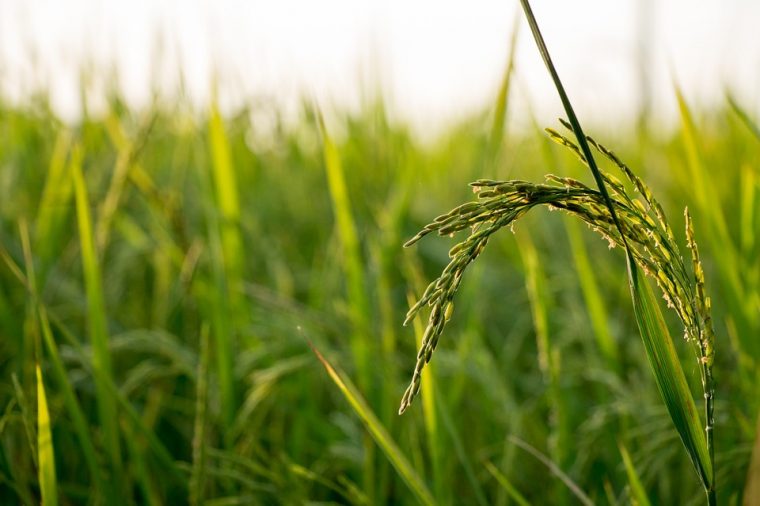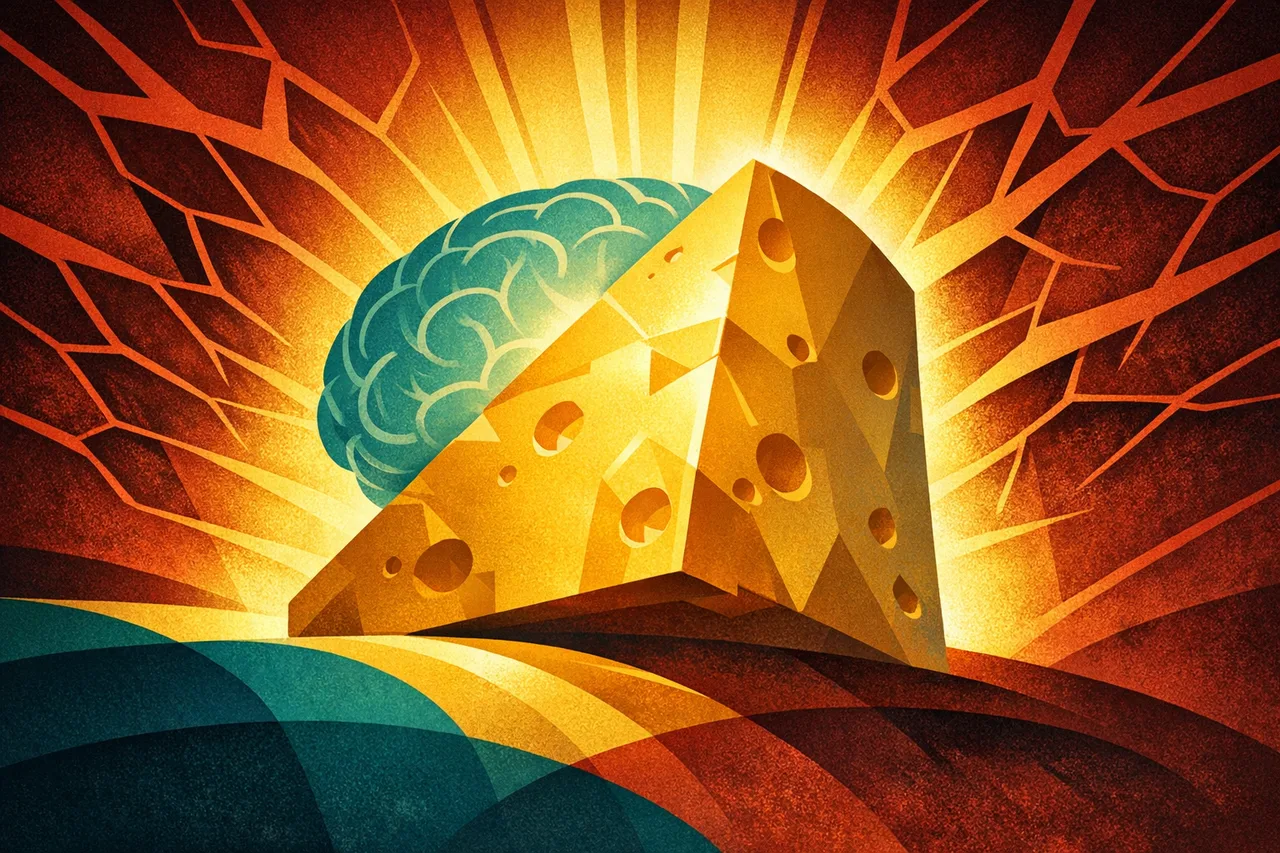
For many people wheat is their main staple, but for most of the human population rice is their primary sustenance. Rice provides 20% of the world's dietary energy supply. It has existed for twelve thousand years in its domesticated form which originated in Asia and spread through the Middle East to the West.
 via Pixabay
via Pixabay
Rice is a grain (or carbohydrate) which is essentially the seed of a grass. Rice comes from a species of swamp grass that was first cultivated in China and is now eaten all over the world. It is served in a foray of different Chinese, Japanese, and Mexican dishes. Rice is made up of four parts. The husk (or hull) of rice is the outermost layer of the grain. It is considered inedible and is removed from both white and brown rice. The bran of rice is a nutrient-rich layer that is right below the husk. Rice germ is the smallest part of the grain but is the richest in nutrient content. It makes up only one percent of the weight but contains almost thirty percent of the nutrients in rice. The difference between white and brown rice is that the bran and germ are removed from the white rice while the brown rice retains them.
For a cup of cooked long-grain brown rice:
Pros - Brown rice is richer in nutrients than white rice. It has five grams of protein, eighty-four mg of potassium (which is an essential vitamin), 3.5 g of dietary fiber, has more monounsaturated fat (which is heart healthy), and more vitamin B-6 and magnesium than white rice. Brown rice contains fifteen percent of your daily vitamin B-6 and twenty-one percent of your daily magnesium. It also has a lower glycemic load than white rice (the glycemic index is a number that indicates a food`s effect on a person`s blood sugar level. A higher glycemic load raises the blood sugar level while a lower glycemic load keeps the blood sugar level low.)
Cons - Many find that brown rice has an inferior taste and texture to the white rice. Brown rice has slightly more calories than white rice, but the health benefits should outweigh that reality.
For a cup of cooked long-grain white rice:
Pros - White rice is better tasting than brown rice and has fewer calories.
Cons - White rice is more deficient in nutrients than brown rice. It only has 4.3 g of protein, fifty-five mg of potassium (which is twenty-nine mg less than brown rice), only 0.6 g of fiber, and it has only five percent of your daily vitamin B-6 and four percent of your daily magnesium. White rice has a higher glycemic load, so it will contribute to raising your blood sugar level.
Thus, brown rice has the advantage of being packed with nutrients and full of dietary fiber, which aids in keeping a person fuller for longer. White rice, however, many find has a better taste and consistency than brown rice.
You may also like

Why France Wants Kids Off Social Media

A Viral Reminder of Medicine's Quiet Heroes

Why Does Fresh Snow Make NYC So Quiet?

Rocks Making Oxygen in Total Darkness

When Cheese Gets Interesting for Brain Health
